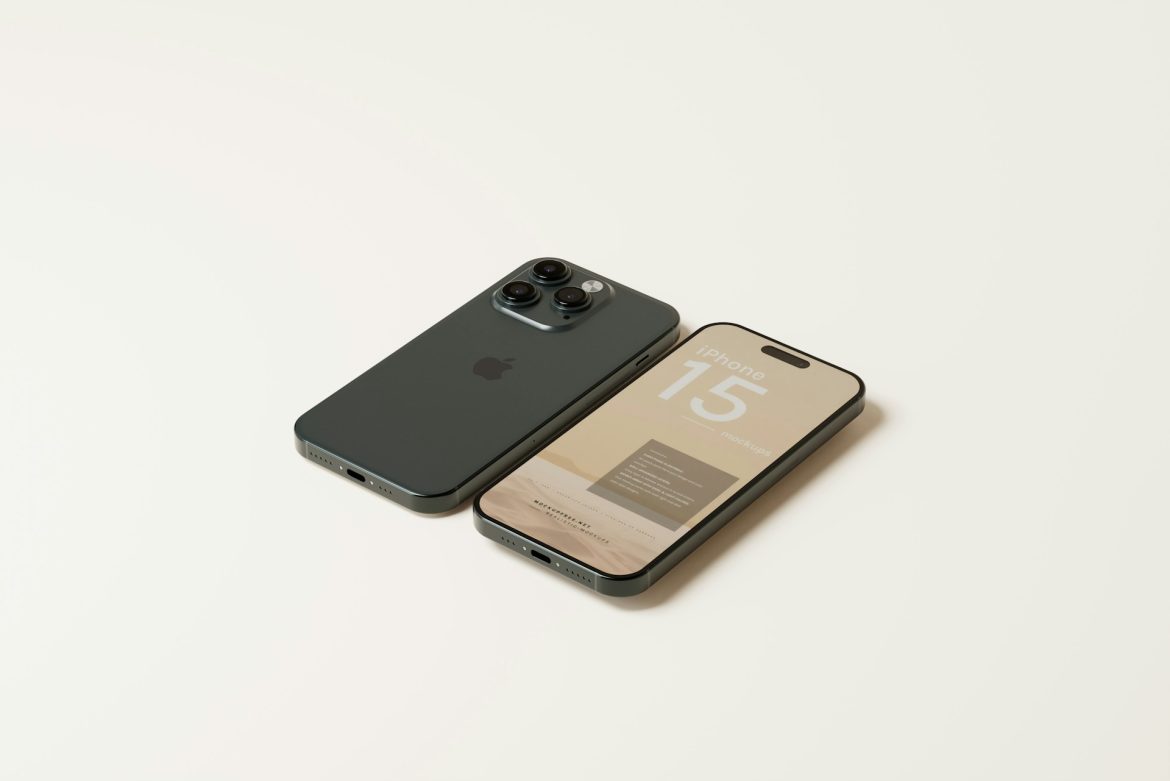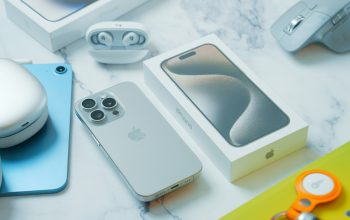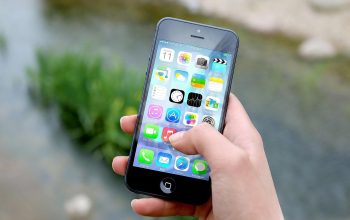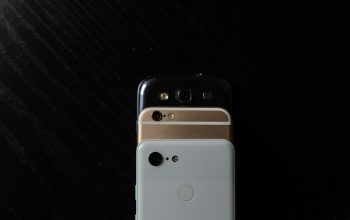In a smartphone world increasingly dominated by oversized screens, the demand for compact yet powerful phones remains steady. Google and Apple continue to deliver on that front with their latest releases—the Pixel 8 and the iPhone 15. While these two tech giants cater to slightly different audiences, their compact flagship models offer a high-end experience in a more pocket-friendly size. Despite newer models like the iPhone 16 and Pixel 9 looming on the horizon, both of these phones still present compelling choices in 2024.
Familiar Designs, Modern Touches
At first glance, the Pixel 8 and iPhone 15 appear quite distinct, yet they share several design principles. Google has kept the familiar look introduced with the Pixel 6 series, featuring a prominent camera bar on the back and a centered hole-punch front camera. Apple, on the other hand, has refined its design language that dates back to the iPhone 12, preserving its signature sleek edges and uniform layout.
Where they align is in their size. Both phones aim for that “just right” feel—smaller than the typical flagship, but large enough to deliver an immersive display. The Pixel 8 measures 5.93 x 2.79 x 0.35 inches (150.5 x 70.8 x 8.9 mm), while the iPhone 15 comes in slightly smaller at 5.78 x 2.81 x 0.31 inches (146.7 x 71.5 x 7.80 mm). In the hand, both feel solid, but the iPhone 15 edges ahead in compactness.
Materials are top-notch in both devices. Each phone features a blend of aluminum and glass, skipping the titanium used in the iPhone 15 Pro models. Despite this, the aluminum used feels premium and durable, providing a sturdy yet lightweight feel. In everyday use, aircraft-grade aluminum stands up well, sometimes even rivaling stainless steel in quality and longevity.
Charging into the Future
Thanks to regulatory pressure in the European Union, Apple has finally shifted to USB-C ports in the iPhone 15 series, aligning with the standard already adopted by Google. This simplifies charging and accessory use across devices. Both phones also keep things simple on the hardware button front, with the iPhone’s new Action Button still limited to the Pro variants.
A Splash of Color
Color options give consumers another layer of personalization. The Pixel 8 is available in three elegant finishes: Obsidian, Hazel, and Rose. Meanwhile, Apple offers the iPhone 15 in five vibrant shades: Black, Green, Yellow, Pink, and Blue. Each lineup presents a modern and playful twist without being too flashy.
Holding Comfort
The hand-feel of each device differs subtly. The Pixel 8’s rounded edges give it a softer, more comfortable grip, especially when used without a case. The iPhone 15 feels more angular by comparison, but still ergonomic. That said, if you’re planning to use a case, the difference becomes negligible in day-to-day use.
Final Thoughts
If you’re in the market for a small yet capable smartphone, both the Pixel 8 and iPhone 15 stand out as strong contenders. They prove that you don’t need a massive phone to get flagship performance. While the next generation of devices may bring incremental improvements, both of these current models are more than capable of delivering a top-tier experience well into 2025.
Each device brings its own flavor—Pixel 8 with Google’s clean Android and AI-driven software, and iPhone 15 with iOS refinement and tight ecosystem integration. Depending on your platform preference, either choice represents a smart investment.



